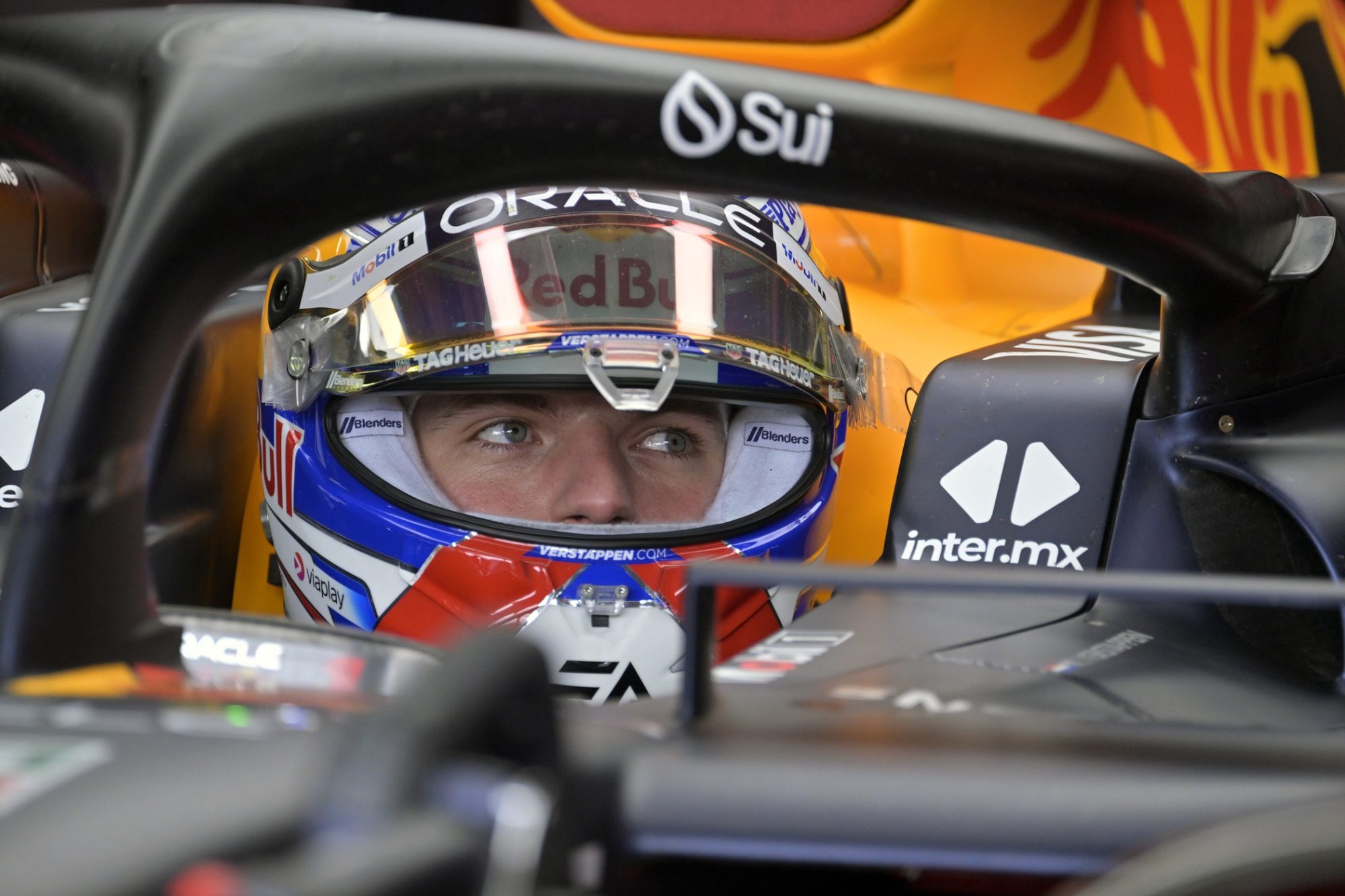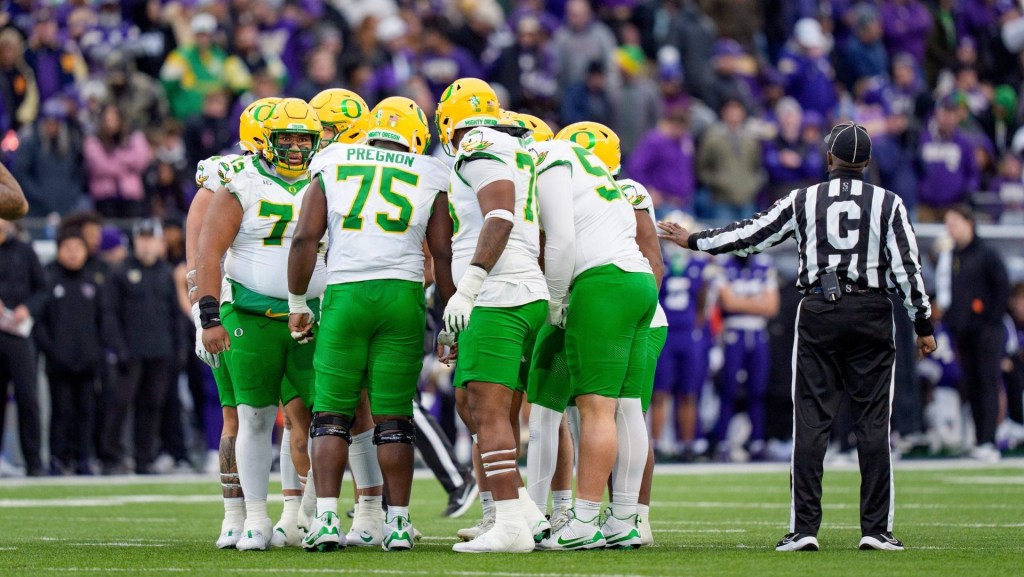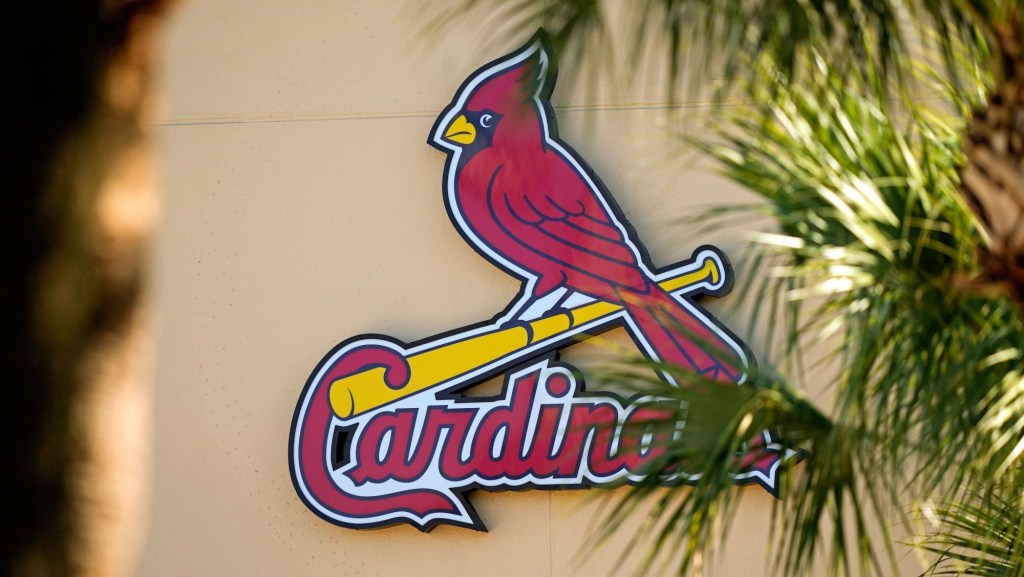Max Verstappen (above) is in a bit of a slump. The three-time world champion has failed to win each of the last three races, and he showed his frustrations with his Red Bull team on the team radio over its strategy that led to a fifth-place finish in Sunday’s Hungarian Grand Prix.
He’s still in pole position to win the drivers’ championship for the fourth year in a row—the gap between Verstappen and second-place Lando Norris is 76 points, which is larger than Norris’s lead over eighth-place George Russell—but his safety net is getting smaller. Verstappen won an F1 record 19 of 22 races last season, and he carried over his dominance into this year by winning four of the first five races. But since the Miami GP in May, Verstappen has won only three of eight.
Verstappen’s precarious perch could actually be a positive sign for F1 viewership in the U.S., which has plateaued over the last year. The racing series averaged 554,000 viewers on ESPN networks in 2018, the year before Netflix dropped the docuseries Formula 1: Drive to Survive. By ’22, F1 doubled its viewership, averaging a record 1.21 million viewers across ESPN networks while debuting the Miami GP on ABC that same year.
Last season saw F1 take a slight step back in viewership, with ESPN reporting an average of 1.11 million viewers, a 9% decline versus 2022, despite the addition of the Las Vegas GP, a third race in the U.S. Viewership waned toward the latter half of the season as Verstappen’s dominance made races predictable, especially as he clinched the drivers’ championship with five races left on the calendar, including two in the U.S.
Verstappen’s dominance may not be the only culprit for the declining audience. Netflix reported a double-digit drop in viewership for Drive to Survive, a possible sign of viewership fatigue. The second half of the F1 season, when most of the viewership dip occurred, also coincides with the return of major U.S. sports leagues like the NFL, NBA, and NHL.
In 2024, the average viewership for F1 races is at 1.34 million, down slightly from 1.36 million at this point last year (not including the Hungarian GP). But races that Verstappen did not win, such as the Miami GP, the first career win of Norris, and the British GP, the first win of legendary driver Lewis Hamilton since ’21, both set viewership records.
There are still 11 races in the 2024 F1 calendar, and with McLaren coming off an impressive 1–2 finish in Hungary to trim Verstappen and Red Bull’s lead in the constructors’ championship, the back half of the season is set to be a lot more competitive than last year. It will be fascinating to see whether the competition will drive fans back to Formula One.

















